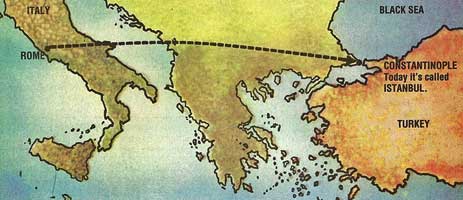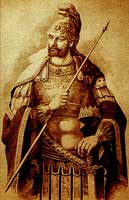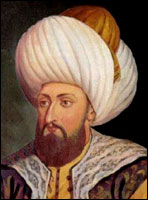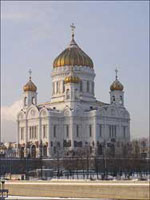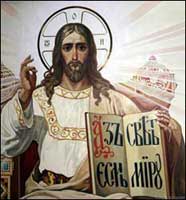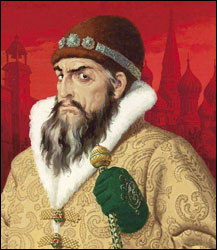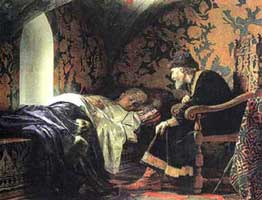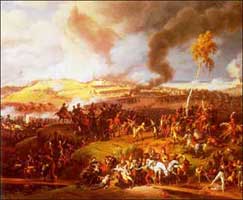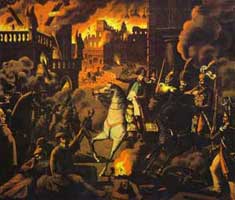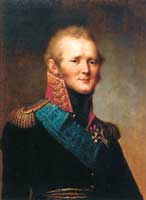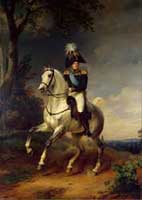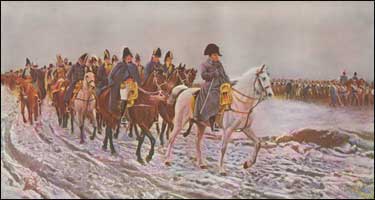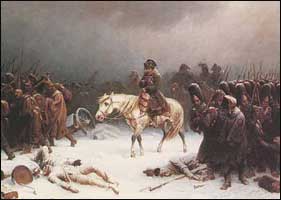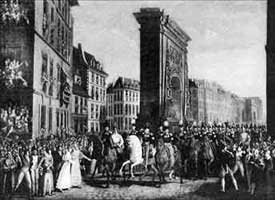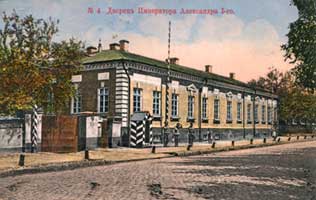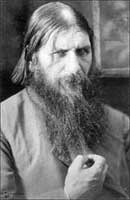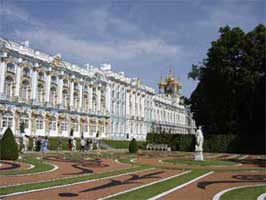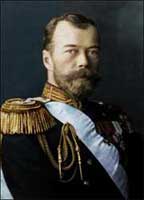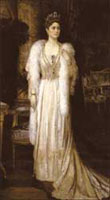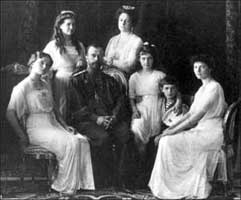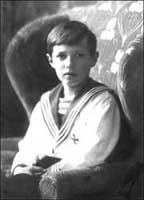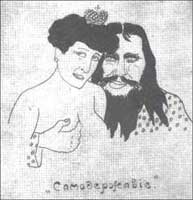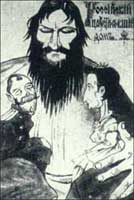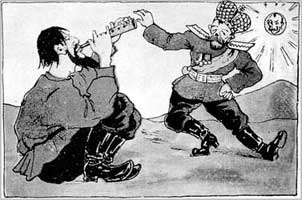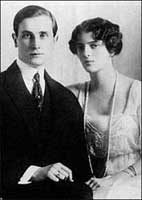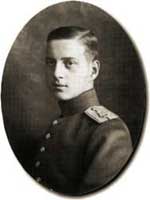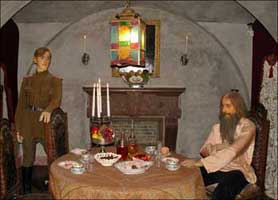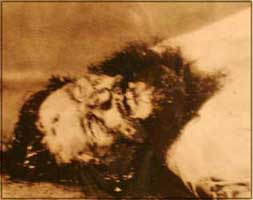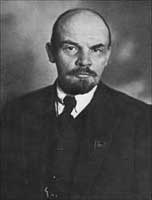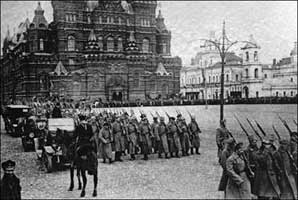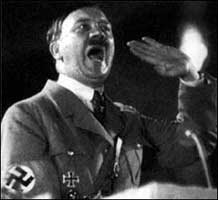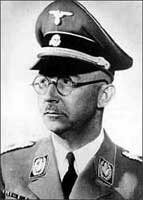The Jesuits entered Russia from the very beginning seeking to overthrow the Orthodox church and annex that GREAT country to the Spanish empire. The Orthodox church came from Constantinople which was founded by Emperor Constantine—the first Pope.
This was the 2nd Rome. When Constantinople fell to the Muslims, Moscow became known as the 3rd Rome. The Emperors at Constantinople called themselves Roman Emperors even though they spoke Greek and lived in the Eastern part of the Empire. The Emperors at Rome were replaced by the Popes, and the Pope's followers became known as LATINS....The principal Latin nations were: Italy, France, and Iberia (later Spain and Portugal). All true Christians–both East and West–originally called themselves CATHOLIC which means UNIVERSAL in contradistinction to the Jewish congregation which was local and restricted to Jews and proselytes only. When Rome and Constantinople split around 1054, the Latin church arrogated the name CATHOLIC, while the Greeks adopted the name Orthodox, which means adhering to the accepted or traditional and established faith. At the time of the blessed Reformation, a new name was given to those who followed the teachings of the Bible alone and rejected Rome's claims.... They were called Protestants . . . but they are the true CATHOLIC and ORTHODOX CHRISTIANS. Constantinople fell to the Terrible Turks in 1453Ferocious battles were fought by the Papacy to subjugate the 2nd Rome to the Latin church. During the 4th Crusade in 1204 A.D., the Latins attacked Constantinople and completely destroyed the city. Finally in 1453, the Papacy used the Turks to bring an end to the Constantinean Roman dynasty.
After that defeat, the Orthodox Church moved to Moscow and that city became known as the the 3rd Rome. The Orthodox Church preserved the manuscripts of the Greek New Testament....The conquest of Constantinople by the Turks caused many of the Greek scholars to flee to Italy bringing their manuscripts with them. Erasmus of Rotterdam used these ancient manuscripts to prepare Latin and Greek editions of the New Testament. Saint Martin Luther and the other Reformers used the Latin and Greek editions of Erasmus to translate the Scriptures into the living languages of Europe.
After the Fall of Constantinople, the Sultans of Constantinople . . . and the Tsars of Russia claimed to be the successors of the Caesars. Ivan IV was the first Russian TSAR or Caesar!!Ivan Vasilyevich was the first Russian ruler to call himself TSAR or CAESAR....That was because he saw himself as successor and protector of the Greek Orthodox Church which escaped from Constantinople. Ivan wasn't so TERRIBLE. . . at least not before the Jesuits tried to poison him. His marriage to Anastasia Romanovna founded the Romanov dynasty which lasted until its overthrow by the "Communists" in 1917. During his reign, that GREAT country became the largest empire on earth, as it spread westward to the Pacific Ocean; southward to the Crimea, and west to the Baltic Sea. the Russian Empire reached even as far as California.
Poison has been known to affect people MENTALLY as well as physically....In the case of Ivan . . . the poison made him TERRIBLE!! Napoleon's invasion of Russia in 1812It was always very, very difficult for the Jesuits to penetrate Orthodox Russia from within . . . so their first major attempt at its overthrow from without was made by the British spy Napoleon Bonaparte. After he was crowned emperor of the French, Napoleon decided to add Russia to his empire....On June 22, 1812, he launched a massive invasion of Russia with over half a millions soldiers from Papal France and his other vassal states.
Tsar Alexander I refused to negotiate a surrender so Napoleon was forced to retreat during the bitter Russian winter. Tsar Alexander the Great–conqueror of NapoleonTsar Alexander I was one of Russia's greatest Tsars....He is known in history as the conqueror of Napoleon Bonaparte.
When Napoleon reached Moscow and set the city on fire, the Tsar had a mighty spiritual awakening which showed him the true nature of Napoleon Bonaparte:
Napoleon was a secret agent of the British Empire so he didn't care how many French soldiers died in the bitter cold.
The defeat of Bonaparte ended the Jesuits dream of using Napoleon to annex the Orthodox Church to the Latin Papacy. Napoleon arrived back in France with his Grande Armée reduced by 570,000 of his best soldiers....He was forced to abdicate and Alexander was careful to let the French people choose their own government.
Inspired by his new found faith, Alexander proposed a Holy Alliance of peace and Christian charity among all the states of Europe. Only Great Britain, the Vatican, and the Turks refused to sign. The monarchy was restored when Bourbon King Louis XVIII assured the Tsar that he would respect the constitutional rights of the French people. This GREAT Tsar was absolutely horrified by the slaughter of the Napoleonic wars, so he proposed a treaty of friendship among all the European states called the Holy Alliance. This alliance was to instill the Christian virtues of charity and peace in European political life. In conjunction with the British Bible Society, he arranged for the translation and distribution of the Scriptures throughout Russia. This also earned the Tsar the undying hatred of the Jesuits. The Holy Alliance and the distribution of the Scriptures ended with the untimely death of the Tsar by poisoning onDecember 1, 1825, in the Russian city of Taganrog. Grigori Rasputin–the Mad MI6 Monk!!Grigori Yefimovich Rasputin–the Mad Monk–the name itself tells us everything we need to know about his character....It conjures up images of dark intrigues and your worst nightmares....Even in Russia today, parents tell their children that if they don't behave, Rasputin will get them!! Rasputin belonged to a mysterious, bizarre sect called Khlysts or Khlysty who were just Jesuits in disguise:
In 1903, Rasputin arrived in Saint Petersburg, where he gradually gained a reputation as a starets (or holy man) with strange supernatural powers of healing and prophecy.
St. Petersburg was the Russian center of power and the place to be in order to gain access to the Tsar and his family. St. Petersburg was the ideal place for anybody seeking access to Emperor Nicholas II and his family. Nicholas and AlexandraNicholas and Alexandra ruled the vast Russian empire from Poland in the West to the Pacific ocean in the East. They had 4 daughters, and one son named Alexei.
Tsarevich Alexei had a blood disease known as hemophilia which was life threatening. This was a golden opportunity for Rasputin, who was introduced to the court by Anna Vyrubova, lady-in-waiting to the Empress.
Rasputin gained total ascendancy over the royal family through his healing of the Tsar's son. Just like David Riccio in Scotland, he began to fill important government positions with his "friends." Rasputin had total control over Nicholas and AlexandraAt the beginning of WWI, Rasputin's advice caused the Tsar to make disastrous decisions on the battlefield, leading to the withdrawal of Russia from the war. Cartoons began to appear on the streets of St. Petersburg showing the Tsar as a puppet of Rasputin and the Tsaritsa as his LOVER. Art does mirror life and the cartoons were expressing the political reality of the Russian royal family. Rumors were flying the lecherous Rasputin was having sex with Tsarists . . . and her daughters!! The murder of MI6 Rasputin in 1916As in the case of David Riccio in Scotland, 2 patriotic Russians named Prince Felix Yusupov and Grand Duke Dmitri Pavlovich decided to get rid of Rasputin in order to save their country. It's doubtful that they knew he was a Jesuit in disguise but they knew he was a menace to the royal family and the nation.
The cyanide failed to kill him, so he was shot several times, and his body was dumped into the Neva River. It's doubtful that they knew he was a Jesuit in disguise, but they knew he was a menace to the royal family, and the entire nation.
As he waited for Irina, Rasputin ate enough poisoned candy and drank enough poisoned wine to kill an elephant!! he was shot several times, and dumped in the Neva River. The Russian Revolution was the work of the British Secret Service!!The Russian Revolution was the work of the Okhrana–the Russian branch of the British Secret Service. The chief of the Western European branch of Okhrana, Pyotr Ivanovich Rachkovsky, was based in Paris. Rachkovsky worked closely with John E. Wilkie, William Melville and Harry Houdini. The murder of Rasputin delayed . . . but did not eventually stop the Russian Revolution.
The Okhrana consolidated the "Communist" regime by getting rid of the Tsar and his family. With the "Communist" regime in power, Russia was now officially atheistic, and this paved the way for another invasion of Russia, this time by Nazi Germany, in order to get rid of "godless" Russia!! Nazi Germany invaded Russia in 1941On June 22, 1941–exactly 129 years from the invasion of Napoleon, three million German troops attacked the Soviet Union, breaking the non-aggression pact Hitler had concluded with Stalin two years earlier. This invasion, called Operation Barbarossa, seized huge amounts of territory, including the Baltic states, Belarus, and Ukraine.
To the great regret of Hitler and Stalin, Greece and Serbia delayed Operation Barbarossa by up to 4 weeks . . . and that delay cost Nazi Germany the war. Nazi Germany was finally defeated by Russia in 1945 and Adolf Hitler retired to Argentina. The Orthodox church was the special target of the SovietsFor 70 years the Soviets relentlessly attacked the Orthodox church. The Orthodox priests were their special targets. Many were sent to the Gulag and most of their churches and schools were closed. It was the longest sustained persecution in the entire history of the world:
Imagine the shock of the Jesuits when the Soviet Union collapsed and Orthodoxy was not dead but showed vital signs of coming to life again under Patriarch Alexy II. Vital Links
References Bobrick, Benson. Fearful Majesty. The Life and Reign of Ivan the Terrible. G. P. Putnam's Son's. New York, 1987. De Jonge, Alex. The Life and Times of Grigori Rasputin. Coward, McCann & Geoghegan, New York, 1982. Fülöp-Miller, René. Rasputin the Holy Devil. The Viking Press, New York, 1928. Fülöp-Miller, René. The Power and Secrets of the Jesuits. George Braziller, Inc., New York, 1956. Garrard, John & Carol Garrard. Russian Orthodoxy Resurgent: Faith and Power in the New Russia. Princeton University Press, Princeton, NJ, 2008. Palmer, Alan. Alexander I Tsar of War and Peace. Harper & Row Publishers, New York, 1974. Troyat, Henri. Alexander of Russia. Napoleon's Conqueror. E. P. Dutton, Inc., New York, 1982. Tolstoy, Leo, War and Peace. Penguin Books. New York, 2005 reprint. Copyright © 2014 by Patrick Scrivener
|

